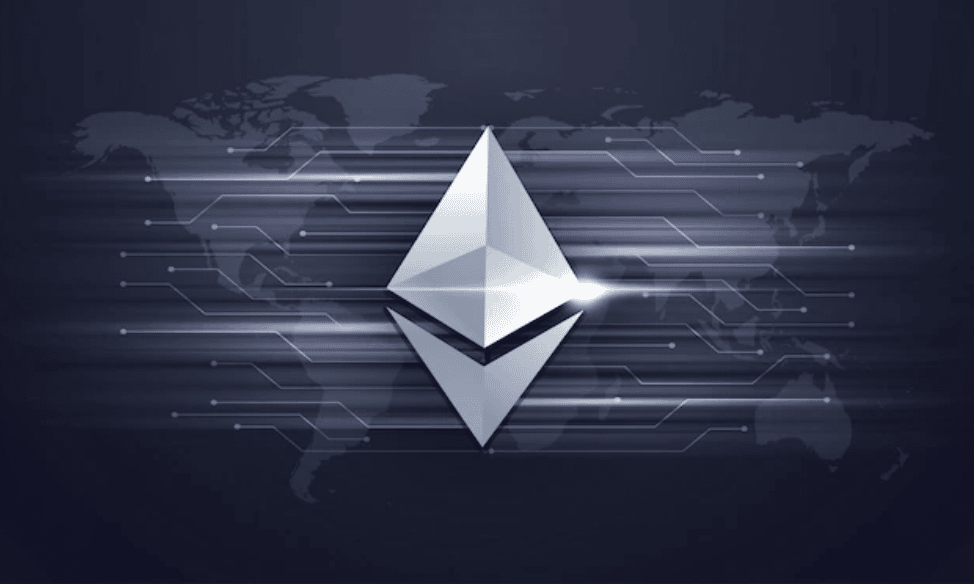Back in 2008, the technology called “Blockchain” came into existence in the crypto space. The core idea behind it was a database to maintain the records of digital transactions. Gradually, it got popular for implementing decentralization and transparency for storing data. Now, there are different blockchains used for diverse use cases, and one that is being used dominantly is Ethereum.
Ethereum is a blockchain-powered computing platform that enables the building of decentralized applications and crypto exchanges. Following its popularity, the need for Ethereum blockchain services increased at an astounding rate. Its features piqued the interest of companies, and hence, Ethereum began to be widely used in web3 app development.
Moreover, how developers or companies undertake web3 app development on Ethereum is also a matter of interest for many. Thus, we are here with our blog to guide you through it.
Let’s get started!
A step-by-step guide for web3 app development on Ethereum
Ethereum blockchain services offer many opportunities for developing different kinds of decentralized applications across verticals like gaming, finance, and more.
There is a process that needs to be followed in order to build an efficient web3 app development on Ethereum. Below are the steps required for the development:
Step 1: Truffle framework installation
To install the Truffle framework, use the following:
npm install -g truffle
This step will help you develop Ethereum Smart Contracts with the Solidity programming language.
Note: Use the -g flag here to keep using this framework for other projects.
Step 2: Boilerplate code generation
To generate the code, use the following:
Truffle unbox react
Boilerplates, called “boxes” in Truffle Framework, are similar to create-react-app boilerplate from Facebook and generate a set of files and folders. These include:
src/
This folder stores the React code.
Contracts/
This is the folder where smart contracts are stored.
Migrations/
This folder comprises the scripts required to manage the deployment of the smart contracts on the network.
Public/
In this, pay attention to the entry point for the React app, which is the index.html file.
Step 3: Starting the development environment
Use the following to start the development environment:
truffle develop
It will initiate:
- Ethereum node emulator at http://127.0.0.1:9545.
- The true command line prompt.
This function also creates ten test accounts and seeds, each with 100 ethers.
Step 4: Smart contracts compiling
Use the following:
compile
This function will ensure the compiling of your dApps solidity contracts into JSON artifacts, including EVM bytecode. These complied smart contracts can be viewed in the build/contracts folder.
Step 5: Smart contracts deployment
Use the following:
migrate
This function further ensures the deployment of your smart contracts to the emulated network. Later, the deployment of smart contracts to the real network can also be processed by modifying the truffle-config.js file.
Once done, desired features can be added to your dApp.
Step 6: Running of dApp
To start running the dApp, use the following:
npm run start
Though you start running the dApp, you’ll still need to add some features for it to interact with Ethereum. For that matter, you need to get a handle on the web3 object. Also, you’ll have to set up a provider to connect to the network.
To see how your dApps connect to the web3.js, leverage utils/getWeb3.js. In case no web3 is injected, it connects to http://127.0.0.1/9545, which acts as the network provider.
Step 7: dApp code modification
In App.js, web 3 object is received in the React component WillMount() life cycle method. Moreover, a local version of the contract can also be instantiated.
Once done, add a small form that will allow users to set the value they wish to store in the SimpleStorage contract.
Step 8: Running the modified dApp
To run the modified dApp, use the following:
npm run start
Step 9: Ethereum web3 API monitoring setup
For the final Web3 app development process on Ethereum, installing monitoring solutions is mandatory as dApps don’t have centralized servers to install monitoring tools.
The solution to the issue is to facilitate compatible APIs. APIs call client-side data directly with a browser SDK. So, they can be used to monitor issues, debug them, and alert the team for any oddities.
Read Also: 5 Key Components to Grow your website Online
Final thoughts
Ethereum blockchain service is the most extensive one amongst all, providing enough flexibility and robustness to innovate. Ethereum network allows the development of decentralized applications that are scalable and provide utility. These applications can be applied to so many different industries.
With the absence of intermediaries, web3 app development on Ethereum is leveraging the true potential of decentralization.
